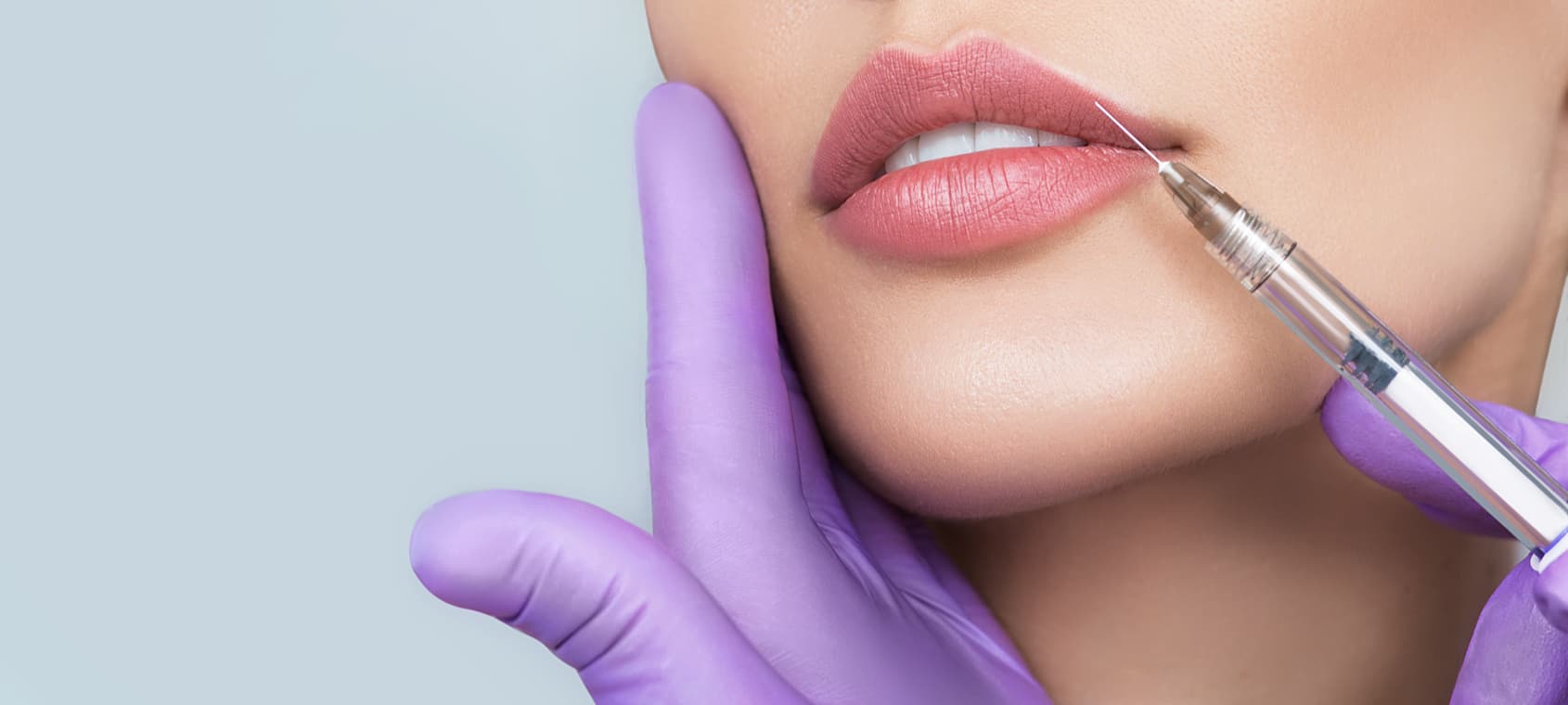
Do Cosmetic Injectables Hurt?
We are often asked if cosmetic injectable treatments hurt. The answer to that question depends on several factors.
First, let’s talk about the process of receiving a cosmetic injectable treatment such as Botox to reduce forehead lines and wrinkles or a dermal filler to enhance the lips or smooth out facial folds and creases.
The first step in any non-surgical cosmetic treatment is a personal consultation with an injection specialist. During that consultation a provider will discuss the desired areas to be treated, the types of treatments that would achieve the best results, pricing, and what to expect and/or avoid after injections.
Types of Injectable Treatments
Next, let’s discuss the types of injections available. There is a comprehensive range of Injectables that can address a variety of common concerns such as enhancing facial contours, plumping thin lips, and softening or eliminating facial wrinkles and folds, and even reducing the appearance of acne scars.
Neurotoxins
Botox and Dysport are neurotoxins that are used to temporarily paralyze muscles in the face to help decrease the visibility of fine lines and wrinkles. A common misconception is patients are “frozen” and unable to make any facial expressions after this type of injection. While being “frozen” is an option that some patients prefer, it is possible to treat fine lines and wrinkles without losing the capability to make facial expressions. Botox and Dysport are injected with a tiny needle, so pain associated with these treatments is minimal. Some patients may experience a slight stinging as the neurotoxin is injected but the sensation stops when the injection stops. Our office does not typically numb patients for Botox or Dysport injections because the pain is so mild it’s simply not necessary. Many patients don’t consider this type of injection painful at all. Personal pain tolerance plays a large role in how the level of pain is perceived.
Dermal Fillers
Dermal fillers are another type of cosmetic injection, used to help treat fine lines, wrinkles, and loss of volume due to aging. There is a variety of fillers to choose from and different fillers are used to treat different areas of the face. A provider will help decide what filler is most appropriate for treating the area of concern. Before filler is injected, a topical numbing cream is applied. Most fillers also have lidocaine in them to help avoid as much pain as possible. During your visit, filler is injected through a series of carefully placed injections to treat the area of concern accurately and proportionately. The first “stick” in the series of injections usually hurts the most, but the pain of the remaining injections is eased by the lidocaine in the filler. Areas such as lips and nasolabial folds tend to be the most painful because those areas have more nerves running through them. Cheeks, tear troughs, chin and jaw line tend to be less uncomfortable. Some redness, swelling and discomfort can be expected after receiving fillers. Our office will provide an ice pack to take home with you to apply to the treated area to help prevent swelling. Fillers can be painful and uncomfortable, however, even patients with a low pain tolerance typically become repeat customers.
Schedule Your Consultation For An Injectable Treatment
Because pain is subjective, there really is no definitive answer to the question at hand. It is safe to say that injectables can be painless for many patients, while some report temporary discomfort. It’s important to know that for most patients, the benefits of injectables far outweigh any short-lived pain or discomfort experienced during the process. Don’t let the fear of injections stop you from looking the way you want! Schedule your personal consultation today; we are here to walk you through every step of the process and make it as easy and painless as possible.